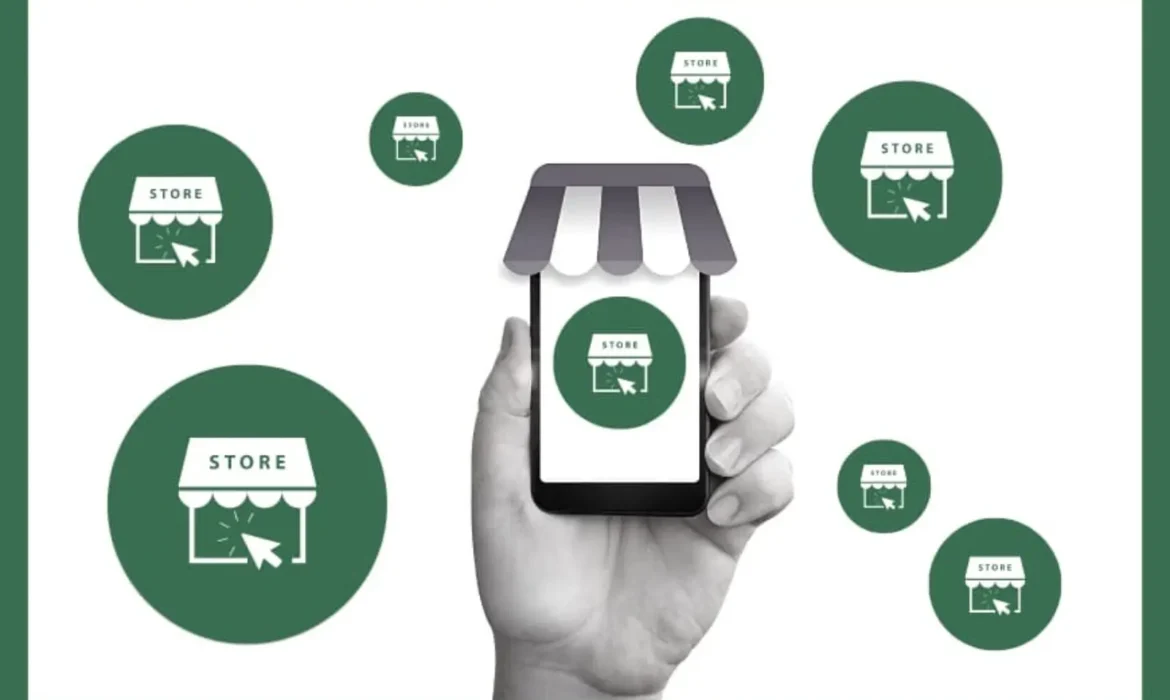
Amazon Stores are custom storefronts that brands can own on Amazon.com. This post entails an overview of Amazon Stores. We will also discuss examples and benefits of branded store pages, and share best practices to help you get the most out of your brand Store. We will also discuss Amazon Stores Analytics and how monitoring Store page performance can help brands plan and optimize content over time.
What are Amazon Stores?
Stores are virtual, multi-page storefronts within the Amazon marketplace that function as a key complement to the product detail page (PDP). Store pages are created through a free self-service tool that allows sellers to customize the look and organization of their products all in one place on Amazon.com. An effective Amazon Store is unique, engaging, and helps brands stand out from the competition.
A note about Brand Registry
It is important to note that stores are only available for vendors and sellers enrolled in Amazon’s Brand Registry. If you aren’t familiar with Brand Registry, Click here to read more about the program and reach out to us so we can help you get enrolled. In addition to Stores, Amazon’s Brand Registry unlocks multiple marketing and advertising opportunities like A+ Content, Sponsored Brand campaigns, Amazon Brand Analytics, and more.
Benefits of Amazon Stores
Stores allow brands to:
- Highlight product and collection features
- Generate new traffic sources for the brand and increase organic ranking
- Create a multi-device experience across desktop and mobile
- Highlight product and collection features
Amazon Store pages provide an opportunity to organize and showcase your brand in the way you would on your brand website, using rich content and navigation to curate product collections with intention. In brick-and-mortar stores, brands can broker more shelf space or pay for store displays. Within Amazon.com, a store page gives brands space to expand digital real estate and utilize rich branded content like banners and videos to guide the customer’s shopping experience.

Generate new traffic sources for the brand and increase organic ranking
Amazon has made it easy for discoverability on and off Amazon.com by building stores as standalone pages, each with a specific URL (amazon.com/brandname). On Amazon, customers can discover a brand store directly on the PDP (under the product title) and through Amazon Advertising Products. The brand store acts as a landing page for Sponsored Brand campaigns, and display ads can link to the main store page or a subpage. Brands can utilize existing marketing efforts across external platforms (like social media and email marketing) to drive traffic to Amazon through their dedicated store link, providing another retail option outside of an owned D2C site.
Create a multi-device experience across desktop and mobile
According to Amazon’s internal data, approximately 2/3 of store visits were on mobile devices. Regardless of the device, the store experience must be easy to navigate with clear and accurate shoppable modules. Amazon has made it easy for brands to develop and merchandise Stores to function seamlessly across desktop and mobile. In-Store Builder, Amazon automatically adjusts images for various screen sizes and includes a Custom Mobile Layout feature. Brands can check final layouts and navigation for desktop and mobile before publishing to determine if any modules need to restructuting for better viewing.
Remember to optimize!
Now that you know what it takes to create an excellent Amazon Store, there is one more important point to consider going forward: you cannot have a “set it and forget it” mindset if you want to be successful. We encourage brands to treat their Amazon presence just like brick and mortar, with a content calendar planned well in advance and seasonal updates surrounding holidays, tentpole events, and sales. For brands that want to compete in the marketplace, it’s imperative to monitor the performance of your Store pages and update your strategy accordingly.
Like its other marketing programs, Amazon Stores include analytics and reporting to help brands to make data-driven decisions about merchandising. Amazon Stores Analytics provides key metrics like sales, page views, and daily visits by store page and traffic source (internal and external). Access to this data unlocks key insights that brands can leverage to better optimize store effectiveness, curate new marketing opportunities, and adhere to broader brand guidelines.
If you have more questions about Amazon Stores that we haven’t answered here, or you’d like to see more examples of great Amazon Stores, learn the best practices for creating content, and get feedback on your current Store strategy, reach out to our consultants. We’re just an email away:

